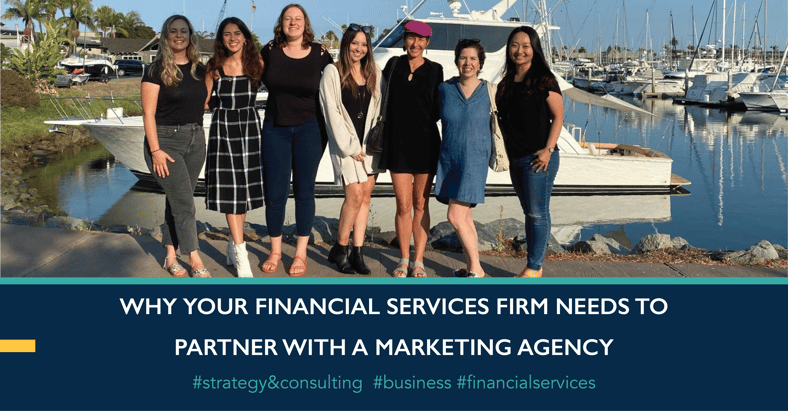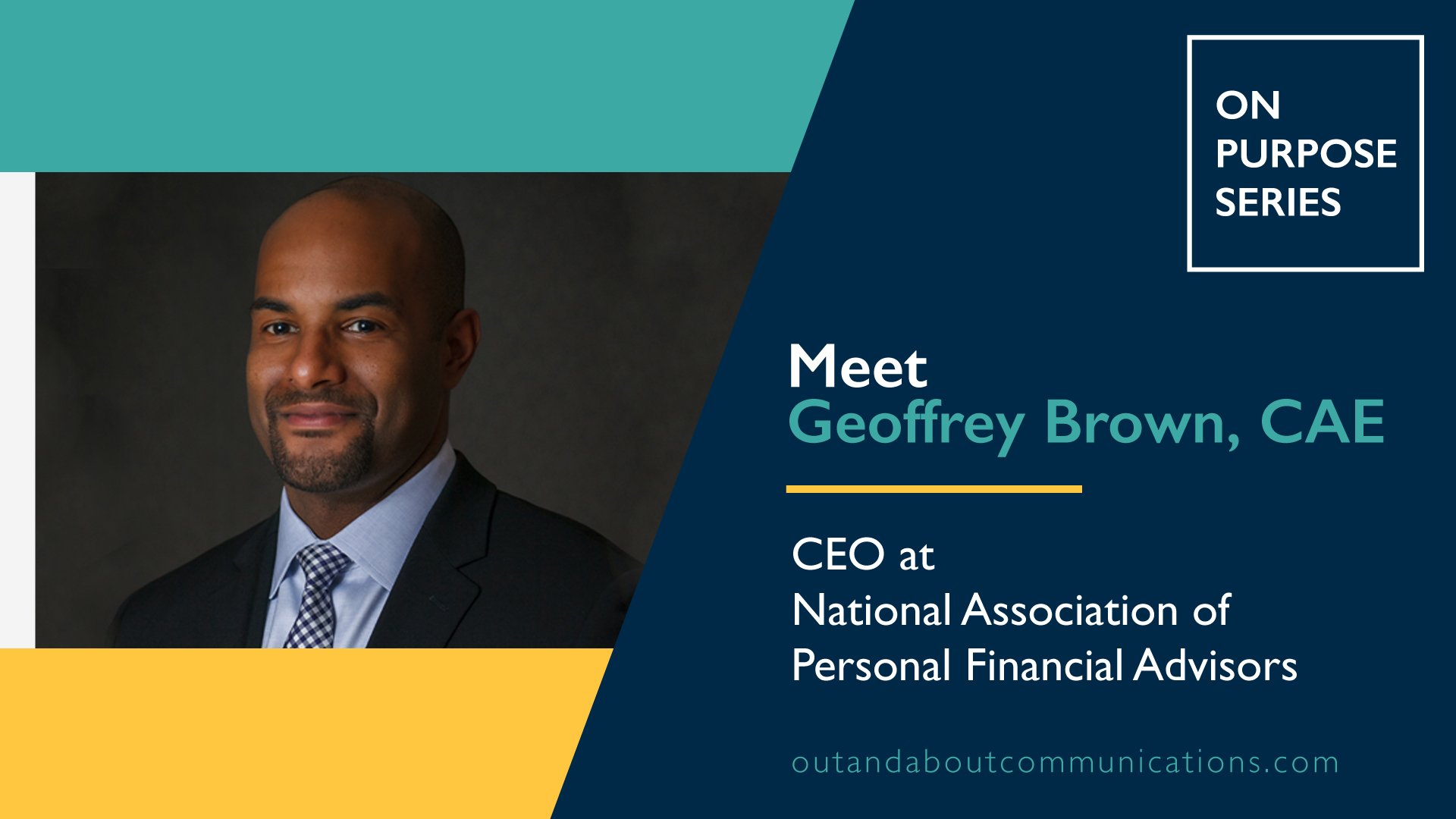
If the phone rings during dinner time, there’s no doubt you’re still thinking the same thing you were 10-15 years ago: telemarketer.
Those cold calls have evolved into cold emails, but they still retain one key characteristic: they’re cold. Meaning the person targeting you with that message hasn’t done much to identify whether or not it’s a message you want to hear, and they’re going for second base without ever having asked you out on that first date.
And that, small business owner, is a big no-no. (Even in the world of online dating.)
Enter the solution for small business marketers: Inbound marketing. It’s not new, but it is finally getting the attention it deserves.
Old school outbound marketing
Okay, it might be too soon to dub it old school, but when you think outbound marketing, think traditional: cold-calling, print ads, TV and radio advertising, direct mail, and trade shows.
The gist of outbound marketing is that you, the business, initiate a one-way conversation that communicates a message to your audience.
As Rick Burnes put it in this classic HubSpot article, outbound marketing often means using “techniques that are poorly targeted and interrupt people.”
Even with that rave review, we aren’t so quick to kick it to the curb just yet. Outbound marketing found its ground traditionally for a few reasons:
- Outbound marketing tactics are easy to create. Easy to create means easy to start.
- It’s measurable. Setting realistic goals is possible because predictive analytics exist, and are often decently accurate because there’s little that hasn’t been done before.
- You have control. Outbound tactics are typically directly connected to specific results. You pay to put a print ad in a Meredith publication, and Meredith will deliver X amount of leads to you at the end of the campaign. Straightforward.
Of course, outbound is earning its current reputation for a reason, because it does inspire quite a few cons -- here are a few of the big ones:
- You can’t guide the buying cycle. While you might be able to target on certain demo- and psychographics (Meredith publications = women decision makers, for example), there’s little you can do to target where they’re at in the buying cycle. Are they in desperate need of your service, or are they still unaware they have a problem? This uncertainty leads to our next con...
- Lower conversion rates. A one-way conversation means little-to-no value-added information beyond the initial message, resulting in lower conversion rates. According to Search Engine Journal, SEO (an inbound tactic) leads have a 14.6% close rate, while outbound leads (such as direct mail or print advertising) have a 1.7% close rate.*
- It’s expensive. The average company saves $20,000 per year by investing more in inbound marketing vs. outbound. What could you accomplish with an extra $20K in your operating budget?
*If you’re looking to fully nerd out over marketing statistics like we do, here’s a great start. A well-deserved h/t to HubSpot on their intuitive data gathering.
From out to in: What’s behind the fuss of inbound marketing
Another way to think about outbound marketing is push marketing: You’re pushing your message on people, who may or may not need or be ready for your products and services.
The natural opposite of that? Pull marketing, which is where we find inbound: a “strategy used by marketers to generate the attention of customers that are actually in need of your business.”
In other words, customers come to you. Common inbound marketing tactics include content marketing, search engine optimization tactics, and social media.
In fact, content marketing is at the heart of all of the above (think: blogging, video marketing, ebooks/whitepapers, and much more), which, according to Demand Metric, generates three times as many leads as traditional outbound marketing, but costs 62% less.
Triple the leads at 1/3 the cost? Yes, please.
Here’s why inbound marketing tactics work:
- Communication is interactive. Social media is inherently that: social. The same goes for content marketing, in general. Sharing content inspires conversations, and naturally leads to follow ups.
- You can guide the buying cycle. With content, SEO, and social, you can intentionally choose social channels and different types of content to influence people at certain stages of the buying cycle. At the beginning of the cycle? You’d likely put more into educational content. Further along? Conversion becomes the goal, and your keyword strategy, content creation, and delivery should be catered to that. Essentially, with inbound, you have the opportunity to meet potential clients where they’re at as they move through the buying cycle.
- You can measure, iterate, and increase effectiveness. While you can’t fully control results, you can measure progress and iterate based on the results of those measurements. Unlike changing a print ad, implementing changes to inbound tactics tends to be easier to do. After all, a blog can always be edited.
While technology is empowering us to block/skip/ignore push tactics, your customers are seeking out the pull tactics. SEO is based on what your customers are searching. Content is based on what your customers are asking. Social media gives you a delivery mechanism with unlimited reach potential but the ability to target on such tight niches that leads are naturally a higher quality.
Of course, inbound marketing doesn’t come without its own challenges:
- Results can take a while to show. SEO experts will be the first to tell you that a strategic search strategy won’t show results overnight. Content marketing will help build organic SEO, but not in a week. With advertising, you can hit the switch and see it go, but what’s lacking is the gradual building of your digital footprint.
- You can’t control it. Because inbound marketing depends almost entirely on your customer (and we all know customers can be fickle, as much as we love them), it’s tough to control the outcome of certain efforts.
- It’s difficult to predict. Lack of control means a lack of ability to predict. Also, so much of inbound is still developing, that you have the ability to influence it more than you have the ability to predict it.
Inbound versus outbound: What’s right for you right now
So, the question remains -- what’s right for you right now? Let’s split you into two camps:
Short-term, immediate results: If you’re looking for instant results that may or may not show a return on investment, you might want to try out strategic outbound marketing tactics.
Long-term, consistent results: If you’re in it for the long run, already have a developed sales cycle, and are committed to educating your potential consumer, inbound marketing is more up your alley. It takes prolonged effort, but carving out an impactful digital footprint takes time.
At Out & About, we place the focus on inbound marketing because we’re out to help you build that long-lasting digital footprint. Can outbound be sprinkled in there? Of course, but a smart marketing strategy is focused on education driving awareness, resulting in higher quality leads.
Found vs. finding; hunted vs. hunting
We help small businesses think different when building solid campaigns that support ongoing growth. Making it about being found versus finding means taking the onus off your limited resources, and making the most of what you do have: strategy and smarts.
Inbound marketing is a marathon, not a sprint. Scary? Sure. But how do you complete a marathon? One step at a time. Those little steps add up quick when you’re building what will eventually become your overall digital footprint. Make it the footprint you can be proud of in the long term, as your business thrives from the right people being able to find you at the right time.
PS: Wondering what you should budget for strategic marketing? We tell all here.






